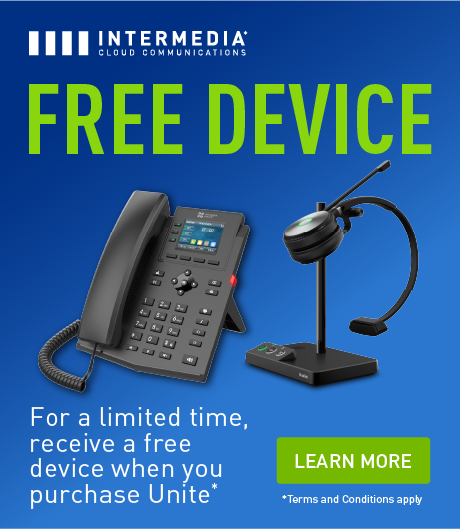Technology is only valuable when your users adopt it. What causes bottlenecks in adoption? Many factors influence it, but a lack of or a poor onboarding process is a leading cause. Onboarding is fundamental to how your team understands and uses technology. Implementing UCaaS (unified communications as a service) certainly requires support from your provider. Without this onboarding assistance, the expectations you have won’t align with reality.
Protecting Your Technology Investment
Making a choice to implement a new UCaaS solution or replace an existing one means you’re investing in advanced communication and collaboration tools. There is the monetary investment but also the investment of your employees’ time and effort. A strong implementation plan is necessary to protect these.
You and your provider should contribute to the plan to include a timeline, communication, testing, and training. One of the key things to start with is the requirements. What do you need, and how does the product provide that? Is customization necessary? An absence of these spell failure.
Requirements create expectations, and what comes after determines your reality.
Managing Expectations
Is it possible that a UCaaS platform can do it all? You’re seeking out features like a cloud-based phone, video conferencing, team chat, and file sharing. You may be looking for additional functionality that supports these features, like call analytics or CRM (customer relationship management) integration.
Whatever you need, document it and then compare products. If something doesn’t check all the boxes, the reality of the UCaaS implementation will be a disappointment. Beyond not delivering what you need, other challenges can arise from poor onboarding.
Ramping Up to Implementation: What Should Be in Your Plan?
After you have the requirements in place and a partner, it’s time to build your plan, which should touch on these areas.
Timeline
Define when you want to roll out the product to users. There are multiple components to consider, including:
- Do you need to sunset legacy systems? If so, which ones? And do you need to migrate any data?
- Will all users onboard at the same time or will it be rolling by departments or locations?
- Are there any requirements to complete before you can launch the platform (i.e., firewalls or VPNs)?
Communication
When implementing new software, you’ll need to craft multiple messages to users about the change. You may need to provide them direction and deadlines about migrating from old systems. Then, you’ll need to inform them of the timeline for the rollout and how they’ll access the new solution. Lastly, tell them about training and onboarding opportunities.
Testing
Your internal IT team or other users should participate in testing with your partner. You’ll want to mimic the same actions or tasks that your users will perform to determine if there are errors. Your admin will also want to test out how to add users and features so that he or she feels confident going forward.
Training
Every software, no matter how intuitive, will require some training. UCaaS solutions are crazy simple to use in most cases. Your team likely has experience with these tools, so it shouldn’t be a heavy lift.
However, some users will have more responsibilities, like pulling reports and managing users. As a result, they’ll need extra training.
The type of training you deploy will depend on what’s convenient and makes sense. If most of your workforce is still remote, online tutorials make sense. You could have in-person training for those in the office. The best solution is to offer training in different formats and channels because people have unique learning methods.
Special Considerations
Another area of your implementation plan should be a catchall of special considerations. Are there specific things that make your use of UCaaS distinct? For example, if you’re a healthcare organization, you must adhere to HIPAA guidelines when creating, sharing, and storing PHI (personal healthcare information). That might require a different configuration.
These considerations could be industry-specific or relate to your business model or structure. This list may look similar to your requirements, but you’ll need to think about how that impacts implementation.
A Supportive, Responsive Partner Will Deliver a Positive UCaaS Implementation
The implementation is not solely your responsibility. Your partner plays a big role. Hopefully, you dove into what implementation will look like and appreciated their response during the consideration phase.
It doesn’t mean that things will be perfect. It’s okay to expect hiccups, but it’s how your provider responds that will determine the reality of your launch. Sometimes, issues may be unavoidable, like an outage due to a natural disaster, but you can plan for and consider most things before you push go.
The implementation sets the stage for how the relationship goes. A partner who works hard to ensure it’s seamless and asks all the right questions is what you want. It’s a time to build trust and assurances.
Launching New Software Doesn’t Have to Be Difficult
Change is never easy, but providing a robust set of tools like UCaaS will deliver efficiency, boost productivity, and decrease costs. To ensure the implementation goes as smoothly as possible, you need the right product, partner, and plan. When this is in place, onboarding and adoption can be rapid.
Start by setting your expectations and exploring what our UCaaS solution, Unite, offers.
July 27, 2021
Explore other posts on these topics: Unified Communications





